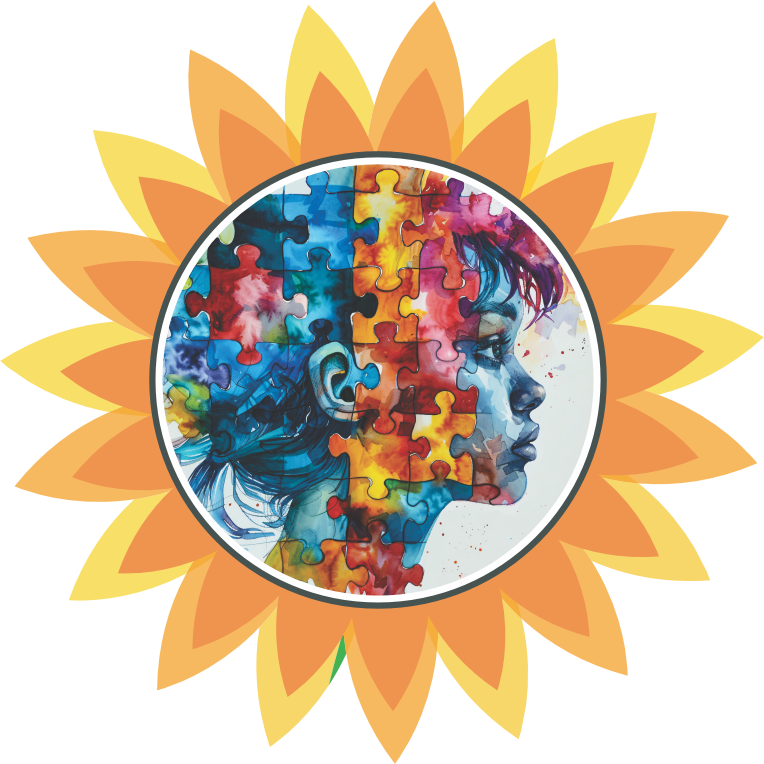The primary assessment for autism spectrum disorder (ASD) is usually done by a pediatrician. If the pediatrician suspects that your child has signs of ASD, he or she will refer you to a developmental pediatrician, a pediatric neurologist, or a specific centre that has a multidisciplinary team.
Testing for autism spectrum disorder typically involves a comprehensive evaluation conducted by a multidisciplinary team of healthcare professionals with expertise in developmental disorders. The evaluation may include the following components:
- Developmental history: The evaluation begins with gathering information about your child’s developmental history, the mother’s pregnancy, birth history, milestones, early behaviours, and any concerns raised by parents or caregivers.
- Clinical observation: Healthcare professionals observe the child’s behaviour and interactions during the evaluation to assess for signs and symptoms of autism, such as social communication difficulties, repetitive behaviours, and restricted interests.
- Diagnostic interviews: Structured interviews with parents or caregivers are conducted to gather information about the child’s behaviour, development, and family history. These interviews help assess for the presence of autism symptoms and rule out other possible explanations for the child’s difficulties.
- Standardized assessments: Standardized tests and assessment tools like CARS or ISAA may be used to evaluate various aspects of the child’s functioning, including communication skills, social interaction, cognitive abilities, and adaptive functioning. These assessments provide objective measures of the child’s strengths and challenges and help confirm the diagnosis of autism.
- Behavioural observations: Healthcare professionals may use structured observations and assessments to evaluate the child’s behaviour in different settings, such as at home, school, or in social situations. Observations may focus on specific behaviours related to autism, such as eye contact, social reciprocity, and repetitive behaviours.
- Collaboration with other professionals: Depending on the individual’s needs and circumstances, the evaluation may involve collaboration with other professionals, such as speech-language pathologists, occupational therapists, psychologists, or developmental pediatricians. These specialists can provide additional expertise and insights into the individual’s strengths and challenges.
- Differential diagnosis: The evaluation process includes ruling out other possible explanations for the child’s difficulties, such as intellectual disability, language disorders, or other developmental disorders. A comprehensive assessment helps ensure an accurate diagnosis and appropriate treatment recommendations.
It’s important to note that there is no single test or assessment tool that can definitively diagnose autism spectrum disorder. Instead, the diagnosis is based on a comprehensive evaluation of the child’s behaviour, development, and functioning across multiple domains. In the next chapter, we will discuss many standard tools available to diagnose autism. The goal of the evaluation is to gather information about the child’s strengths and challenges, and develop a treatment plan tailored to their specific needs.


